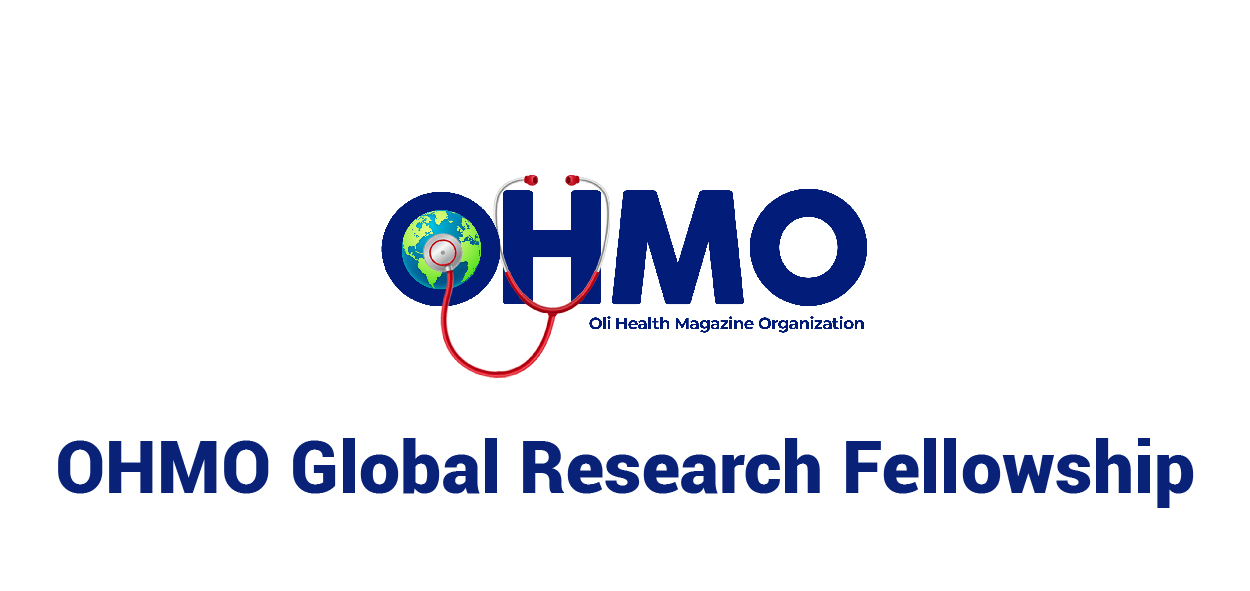THE IMPORTANCE OF COLOSTRUM TO A CHILD AS OPPOSED TO FORMULA-FED MILK.
Colostrum, commonly referred to as “The Liquid Gold” is the first milk that is initially synthesised by the alveolar epithelium in the mammalian breast and its passage through the duct system during Lactogenesis, as initiated by Prolactin hormone in the later phase of pregnancy. As the body prepares for lactation, changes in breast size and appearance are observable, but the secretion of colostrum is suppressed during pregnancy by the action of Oestrogen and Progesterone.
Colostrum is a thick, sticky, clear lemon-yellowish breast fluid, similar to the amniotic fluid that the foetus swallows and excretes in the womb, which makes it more environmentally friendly to new-borns. It is secreted from the mammary glands shortly after child birth and expulsion of the placenta, which causes a fall in the inhibitory actions of oestrogen and progesterone on prolactin, thus promoting milk secretion or lactogenesis.
Because colostrum is very rich in nutrients and antibodies, especially IgA and IgG, as well as leucocytes which are bactericidal, it is considered as the first passive immunity a baby receives.
Colostrum protects the new-born against infectious diseases through the lining of the gastrointestinal tract, and not necessarily by passing through the bloodstream.
Preterm infants who are more susceptible to infections may get maximum protection from colostrum and have a higher healthier survival rate than those fed on infant formula.
Formula-fed pre-term infants are more vulnerable to infectious diseases such as Gastritis, Diarrhoea, Upper respiratory tract infections etc. This makes colostrum very important to pre-term infants.
Colostrum assists in regulating body temperature, metabolism, circulatory and respiratory functions in new-borns.
As opposed to formula-fed milk, colostrum contains probiotics and prebiotics which initiates the colonization of normal gut microflora in infants, as their bowels are considered sterile at birth and exhibits a mild laxative effect that promotes the excretion of a baby’s first stool, known as Meconium, which is a dark sticky stool ,thus removing all unwanted substances from the bowel of a new-born, as well as promoting the excretion of excess bilirubin acquired during childbirth as a result of haemolysis, thereby preventing jaundice.
Colostrum is high in proteins, carbohydrates, antioxidants, vitamins such as Vitamin A (Carotenoids gives colostrum its yellow colour and compensates for the low Vitamin A reserves that new-borns are born with) and minerals such as copper, zinc and magnesium, as well as natural bioactive growth factors which promotes the growth and development of cells, tissues and organs in the child and aids in tissue repair.
Because colostrum is very rich in zinc which is essential for brain development, it is widely believed to play important roles in the cognitive functions and mental alertness of the child in subsequent years.
Colostrum is very low in fats, which makes it suitable as human new-borns find fats difficult to digest and have small digestive system. Colostrum contains lactalbumin, lactoferrin and lactoperoxidase and helps to prevent low blood sugar in infants.
Colostrum provides low-volume milk that establishes a psychological bond between mother and child as the child learns to suckle, swallow and breathe while feeding, thus releasing ‘Oxytocin’, a neurohormone synthesised by the paraventricular nucleus in the hypothalamus and stored in the posterior pituitary, which together with Prolactin promotes milk production, secretion and breastfeeding.
Oxytocin also acts on uterine contraction and expulsion of then foetus and placenta during childbirth. Colostrum also offers maternal protection by decreasing the risk for developing breast and ovarian cancer, Type II diabetes and cardiovascular disease.
As opposed to formula feeding, colostrum is natural and affordable to all mothers in low income, middle income and high-income countries.
The mother’s body stops producing colostrum about 2-5days after childbirth and moves over to transitional milk which is thin and white and is a mixture of colostrum and mature milk, thus, experts advise women to adequately breastfeed their new-borns especially during five days after childbirth in order to receive the maximum benefits of colostrum.
Colostrum is considered as a superfood as it is a complete diet that contains all the essential nutrients, vitamins, minerals and antibodies that a child needs during the initial stages of life.
As opposed to infant formula-fed milk, colostrum offers maximum maternal and child protection, facilitates bonding, and plays a major role in decreasing the rate of infant mortality due to malnutrition and preventable infectious diseases.
REFERENCES.
-
Sembulingam K and Sembulingam P. Mammary glands and Lactation. Essentials of Medical Physiology. New Delhi, India: Jaypee Brothers Medical Publishers (P) Ltd; c2012. p. 511.
-
Bailey, K. Understanding Colostrum-The Baby Super Food. Intermountain Healthcare. Patient stories and blog. Weblog [Online]. Available from: https://www.intermountainhealthcare.org/blogs/topics/intermountain-moms/2018/04/understanding-colostrum-the-baby-super-food/
[Accessed 4 August, 2020]
-
Godhia M and Patel N. Colostrum-its composition, benefits as a nutraceutical- A review. Curr. Res. Nutr. Food Sci. [Online] 2013; 1(1):37-47. Available from: https://www.foodandnutritionjournal.org/volume1number1/colostrum-its-composition-benefits-as-a-nutraceutical-a-review/
[Accessed 4 August, 2020]
-
Bardanzelli F, Fannos V and Reali A. “Omics” in Human Colostrum and Mature Milk. Looking to Old Data with New Eyes. Nutrients. [Online] 2017; 9 (8)843. Available from: https://www.ncbi.nlm.nih.gov/pmc/articles/PMC5579636/
[Accessed 4 August, 2020]
-
American Pregnancy Association: Colostrum – The Super Food for your Newborn. [Online]. Available from: https://www.americanpregnancy.org/breastfeeding/colostrum-the-superfood-for-your-newborn/
[Accessed 4 August, 2020]
Writer: EKENE MARY NNAGHA, UNIVERSITY OF CALABAR




0 Comment